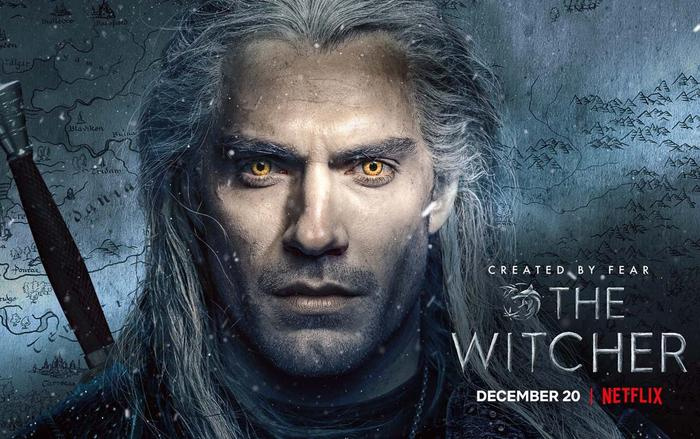Uncategorized
What Makes The Witcher 3 a Landmark Achievement in RPGs
In the world of role-playing games (RPGs), few titles have had as profound an impact as CD Projekt Red’s “The Witcher 3: Wild Hunt.” Released in May 2015, this game has become synonymous with storytelling excellence, expansive open worlds, and player-driven choices. Its rich narrative, character development, and immersive gameplay mechanics have not only set a new standard for the genre but have also redefined what players can expect from RPGs. As we journey into the realm of “The Witcher 3,” we will explore why it is considered a landmark achievement in gaming history.
Immersive Storytelling
At the heart of “The Witcher 3” is its deeply immersive storytelling. The game follows Geralt of Rivia, a monster hunter, as he searches for his adopted daughter, Ciri, while navigating a world riddled with moral ambiguity and complex characters. The narrative’s depth is enriched by the various side quests, each crafted with care and featuring unique story arcs that often rival the main story itself. Players are presented with meaningful choices that affect the game’s outcome, making every decision count. This level of narrative engagement is a testament to CD Projekt Red’s commitment to quality, allowing players to forge their path through a living, breathing world.
A Living, Breathing World
“The Witcher 3” features a vast open world filled with diverse landscapes, from bustling cities to tranquil villages and eerie forests. The attention to detail in the game’s environments is remarkable, with ambient life and dynamic weather patterns adding to the realism. Players can easily lose themselves in exploring the land of the Northern Kingdoms, uncovering hidden treasures, engaging with intriguing characters, and encountering unforeseen challenges. This sense of immersion is further enhanced by the game’s day-and-night cycle, which influences events and NPC behaviors, creating a living world that feels organic and responsive to player actions.
Character Development and Complexity
The characters in “The Witcher 3” contribute significantly to its status as a landmark RPG. Each character, from Geralt himself to key allies and adversaries, is richly developed, with their motivations and personalities explored deeply throughout the narrative. The game avoids black-and-white morality, painting characters in shades of gray and prompting players to ponder the ethical implications of their choices. This complexity, combined with superb voice acting and writing, helps forge emotional connections between players and the game’s inhabitants, making each interaction impactful. Fans of the game often develop a fondness for its characters, leading to a robust community dedicated to celebrating all things “Witcher.”
Cultural Impact and The Witcher Official Merch
The lasting impact of “The Witcher 3” on gaming culture is undeniable. It has spawned a successful Netflix series, merchandise, and even a board game. The franchise has become a cultural phenomenon, reaching audiences beyond traditional gaming. The Witcher Official Merch has emerged as a popular avenue for fans to express their love for the series, featuring everything from apparel to collectibles inspired by the game. This merchandise allows fans to showcase their passion and connect with the broader community of Witcher enthusiasts around the world. It is a testament to the game’s enduring legacy and its ability to resonate with audiences beyond the confines of gaming.
Conclusion: A Legacy in Gaming
In conclusion, “The Witcher 3: Wild Hunt” is a landmark achievement in the RPG genre, setting a benchmark for storytelling, world-building, character development, and player engagement. Its intricate narrative, immersive environment, and cultural significance have solidified its position as one of the greatest games of all time. As players continue to discover and relive Geralt’s adventures, “The Witcher 3” remains a shining example of what is possible in the realm of interactive storytelling, and it will continue to influence future generations of game developers and players alike.

